The Nature Conservancy, through a grant from the WAITT Foundation, traveled with five Bahamian fishermen to the Gulf and Caribbean Fisheries Institute (GCFI) conference in Corpus Christi, Texas to participate in the Fisheries for Fishers Initiative which took place from November 4 through November 8, 2013. The initiative was born from the understanding that fishermen and scientists need to collaborate to efficiently manage limited marine resources. Fishermen from all over the Caribbean and the Gulf of Mexico interact with scientists from the region and even fishermen from the host country. This year’s Initiative was no different.
Realizing that fishermen are borne of the sea, The Environmental Defense Fund and The Conservancy organized a field trip for a few of the fishermen on the first day of the Conference which helped alleviate the stress of a full day of travel from The Bahamas to Texas. On November 4th, the Bahamian, Cuban, and Mexican fishermen were introduced to the Galveston red snapper fishery and learned about the GulfWild program directly from the Galveston fishermen.
Keith Carroll, a Long Island fisherman said “That trip with the Galveston fishermen was really good. I love that the fishermen all came together and made a difference to save the fishing. We need to be more like that in The Bahamas.”
Photo 1. Captain Keith Carroll and Agnessa Lundy from the Conservancy at GCFI’s the poster reception. Photo taken by Felicity Burrows.
The Fisheries for Fishers Initiative incorporated three additional field trips to introduce participants to three different methods of sustainable fishing and a variety of fishing industries. The Port of Palacios is home to over 500 shrimping vessels; the community relies on this industry to survive. Fishermen were introduced to this industry with a tour of the shrimping vessel and a demonstration of a device used to reduce bycatch. The Turtle Exclusion Device (TED) was invented by a fisherman who recognized that a lot of turtles were unintentionally being caught across the shrimping industry. The TED was later refined to further reduce bycatch by adding a flap on the side of the net to funnel fish out of the device.
Photo 2. Bahamian Fisherman Denward Rankine assisting with displaying Turtle Exlusion Device. Photo taken by Felicity Burrows.
An oyster and fish processing plant was the next stop for the fishermen. At Alby’s Seafood in Fulton, fishermen were introduced to the oyster and fish processing plant where they learned another fishery was successful with quota implementation.
At Fishermen’s Wharf in Port Aransas, the group met Mike Nugent from the Port Aransas Boatman’s Association. Mr. Nugent spoke about the trials of the red snapper industry to his charter boat business describing that there is a lack of structure in the area, especially when compared to the Caribbean, which means the variety of fish is not as high as what the fishermen would be used to and what their guests would expect. To compensate for this, they focus on the red snappers which are readily available. However, since there is a quota system in place, they must ensure they time their trips well and plan accordingly. The quota system refers to the legal amount one fishing vessel can haul in one season.
Brian Turnquest said, “The fact that the quota is a success and all the fishermen are obeying it is amazing. Something like that for certain fisheries need to happen in The Bahamas.” Emile Knowles also supported the idea by saying, “That would reduce the amount of competition in the water and the stress for the fishermen trying to hurry up and catch the lobster before the other man get it.”
Photo 3. Bahamian fishermen interacting with managers at the Padre Island National Seashore, Photo taken by Felicity Burrows, The Nature Conservancy.
The following day, the fishermen visited the Padre Island National Seashore, a national park that protects 70 miles of coastline and permits eco business within the Park. Denward Renkine Vice President of the Bahamas Fly Fishing Industry Association said “The Padre Island trip was the highlight of the week. It was good to see flyfishing in a different way and learn how the gentleman (fishermen met with Jeff Wolda local businessman and surf fishing guide) makes a good living working only in the Park.”
The Forum closed with an informal panel discussion where fishermen voiced their opinions on the fishing forum and shared how their experiences would benefit their respective homes. The Conservancy was glad to hear that the fishermen learned that cooperation and partnership with both scientists and Conservancy staff would be to their benefit rather than to their detriment.
It is through exchanges such as these that The Conservancy connects with fishermen and other stakeholders that interact on a day-to-day level with the natural resources of The Bahamas. By facilitating an exchange of information between scientists and fishermen, we create an effective conservation network that can adequately protect the resources for everyone.

